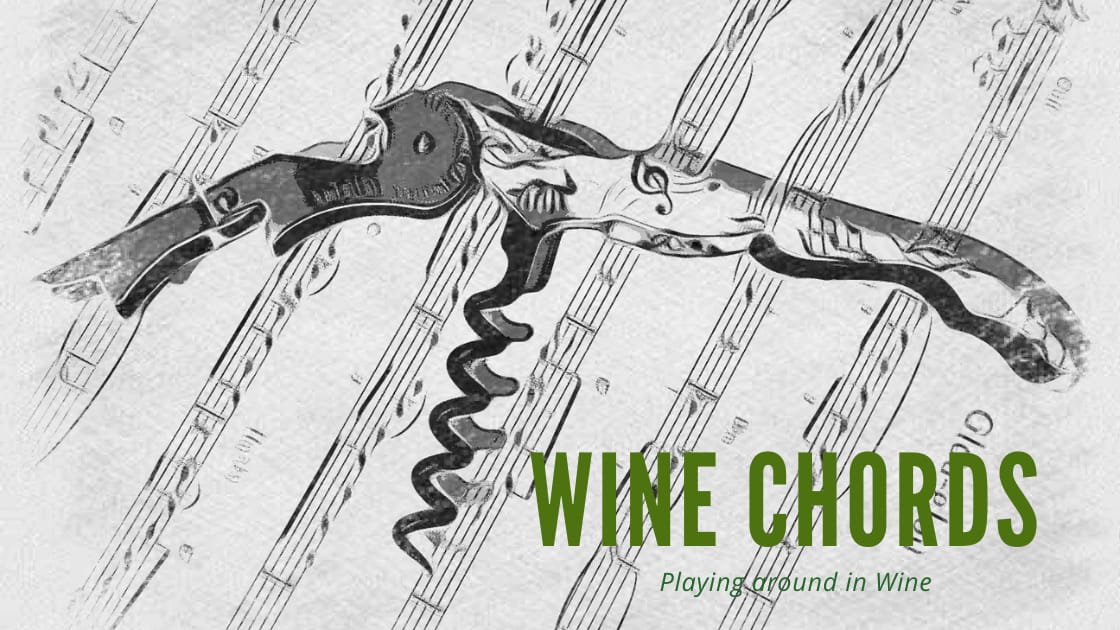Mariano Taberner is one of the highest esteemed makers of natural wine near the Spanish eastern coast. Last time in the region I almost made it to his place, but I didn’t manage due to unpredicted circumstances.
Last Tuesday I was surprisingly able to taste two of his wines at Egget (The Egg) in Stavanger, Norway, close to where I live. This is a unique place in my part of the world, a restaurant with a focus on natural wines, and with well-prepared dishes to go with them. Here is a report from a former visit.
This time we were accompanied by sommelier Mikela Tomine, wine student in the WSET system, and Nikita, from the kitchen. I was accompanied by my daughter, and they easily juggled her vegan options.
Egget’s Mikela preparing a cheeseboard for a customer
The wine is made in the small village La Portera in DO Utiel-Requena, Valencia. Bodegas Cueva dates back to the 18th century, and still only uses traditional methods. Here is full respect for the environment, biodiversity, and health too, claims Mariano Taberner. The main grapes for reds are the central/northern tempranillo and bobal, a more local grape (and the variety behind our other Cueva wine that night).
The average production is only 20.000 bottles. All wines are made in the most natural way, from organically grown grapes, spontaneous fermentation, no chemicals, unfined and unfiltered – nothing added, nothing taken away. The wine in question is based on the varieties tardana and macabeo, The local tardana is so named because of the very late ripening, and still at the end of October the alcohol, or more correctly: the sugar content, is very low. Macabeo is then harvested one month ago, and the finished macabeo is slowly blended with the freshly made tardana. Fermentation for both is largely with skins. The two undergo the secondary, malo-lactic fermentation together.
Mariano Taberner (credit: B. Cueva)
Orange Tardana & Macabeo 2015 (Bodegas Cueva)
Deep orange colour, slightly cloudy. Aroma of orange peel, white flowers, and a touch of tropical fruits and white pepper. Round and luscious in the mouth, grapey, with just enough acidity to keep it together, and an agreeable orange peel-bitterness in the finish.
Price: Medium
Food: I had it with skate wing and celeriac, with slices of green apple, and an aïoli with less garlic than usual. But it should go with a variety of fish and seafood, the rice dishes of the region (paella style), vegetarian/vegan dishes, light meat, carpaccio and more
Leave a Comment

















